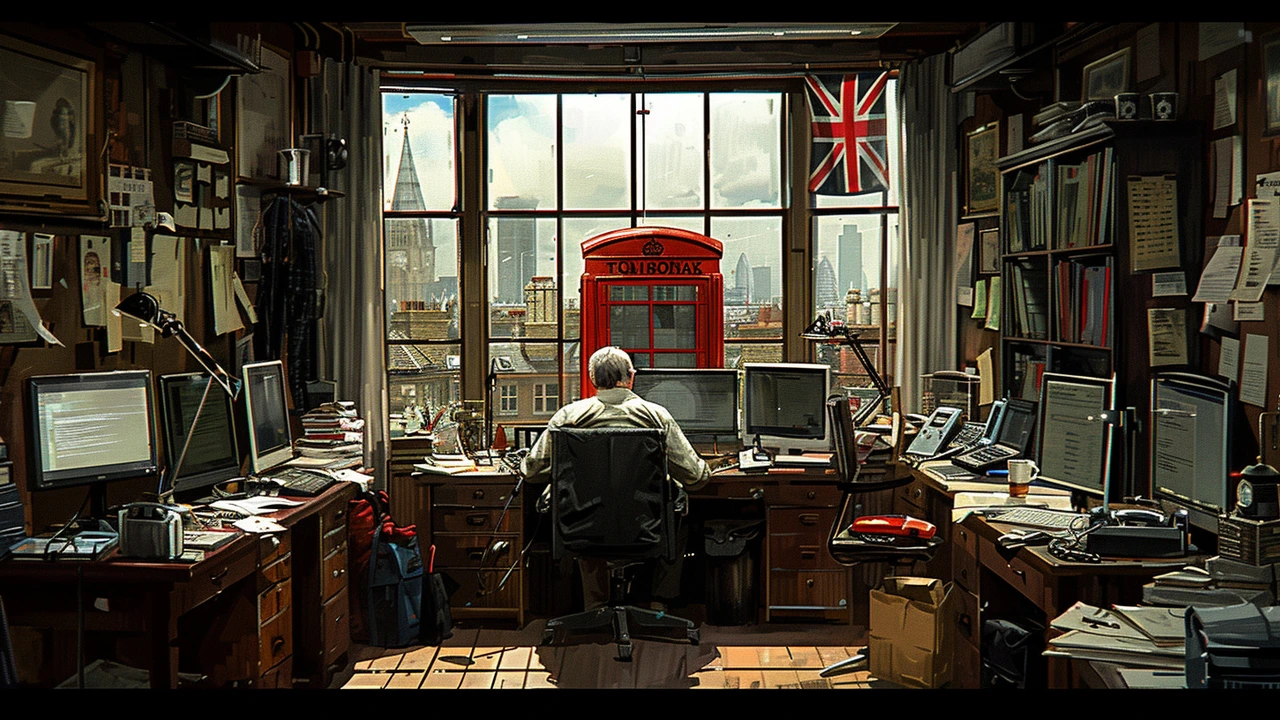Creative Coding: Get Smarter, Faster, and More Confident
Creative coding isn’t about just writing lines of code; it’s about solving problems in a smart, hands-on way that makes your work—and projects—stand out. Whether you’re a beginner or someone ready to level up, focusing on practical tips can save you hours of frustration. For example, learning solid debugging skills can turn hours of headache into quick fixes, helping your code run smoothly and your projects stay on track.
Start simple. When you first get into creative coding, don’t overload yourself with too many languages or tools. Pick one programming language that suits your goals—Python is great if you want to dive into AI or data projects. Stick to step-by-step tutorials that give you real examples, not just theory. This helps you see how each line of code works in action.
Debugging: Your Secret Weapon
Code debugging isn’t just for fixing bugs—it's your best friend for writing clean and efficient programs. Lots of coders rush past this step, but learning how to track errors and understand what your program is telling you can transform your coding experience. Start by reading error messages closely and using debugging tools that many programming environments provide. These tools show exactly where your code breaks, so you don’t waste time guessing.
Besides just fixing problems, debugging teaches you better coding habits. For instance, writing clear comments and structuring your code logically helps you and others follow along later. Think of debugging as a way to polish your work until it runs like a well-oiled machine. Once you get good at this, coding becomes less a chore and more an enjoyable puzzle.
Creative Coding Meets AI
AI is reshaping how we think about coding. When you learn to code with AI in mind, like using Python and machine learning tools, you’re not just writing software—you’re building the future. This isn’t just for tech experts; plenty of beginner-friendly AI projects exist where you can apply what you know and see real results fast. Imagine creating apps that can recognize images or automate simple tasks—all with code you wrote.
Start by focusing on the basics: understand how data works, learn some machine learning concepts, and experiment with existing AI libraries. This hands-on practice builds both your skills and confidence. Plus, knowing AI coding boosts your job prospects as this tech grows in every industry.
Mastering creative coding means blending practical skills with fun projects that push your limits. Stay curious, practice regularly, and use every bug as a chance to learn something new. You’ll find coding isn’t just a tool—it’s a path to making ideas real.

- Apr 2, 2024
- Mitchell Benson
- 0 Comments
Unlocking Innovation: How Advanced Coding Skills Propel Creative Potential
In a world where technology continually reshapes the boundaries of what's possible, mastering advanced coding skills emerges as a pivotal factor in unlocking and maximizing creative potential. This article delves into the transformative power of coding, illustrating how it can serve as a catalyst for innovation, problem-solving, and the realization of complex creative projects. It offers insights into the symbiotic relationship between coding and creativity, and provides practical guidance for anyone looking to enhance their coding abilities to foster a deeper, more meaningful engagement with their creative endeavors.
